[raw]Kúpa-mandúka is the local phrase for one who never leaves his home, one ignorant of the world (literally, a frog in a well). But, for me, I knew Sri Lanka would be enriching and had to visit.
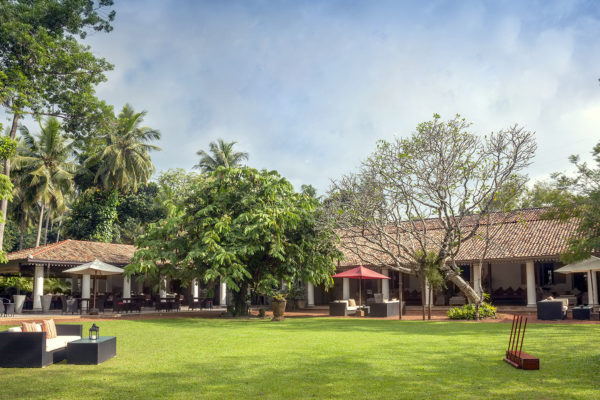
Wallawwa
I came first to the Wallawwa (www.thewallawwa.com). It’s just outside Colombo which features a number of iconic colonial-era hotels with its charm and romance of a bygone era. The next morning and off to Ratnapura, the home of Sri Lankan jewellery, in the search for gems. The island has one of the widest varieties of precious stones with blue sapphires, star sapphires, rubies, garnets, moonstones, aquamarines and topazes being just a dazzling handful.
And so south I went, onto Tangalle, the home of the new Anantara resort (www.tangalle.anantara.com) with has three restaurants. Sri Lankan cuisine is typically wholesome and healthy featuring a wealth of spices and flavours. Like India, typical meals consist of colourful curries (eggplant, potato, green banana, chicken, fish). These come with rice and roti, string hoppers (steamed rice noodles), kottu (a carb-heavy diced roti dish, often served with vegetable, eggs or chicken), and pittu (a mixture of flour and coconut).
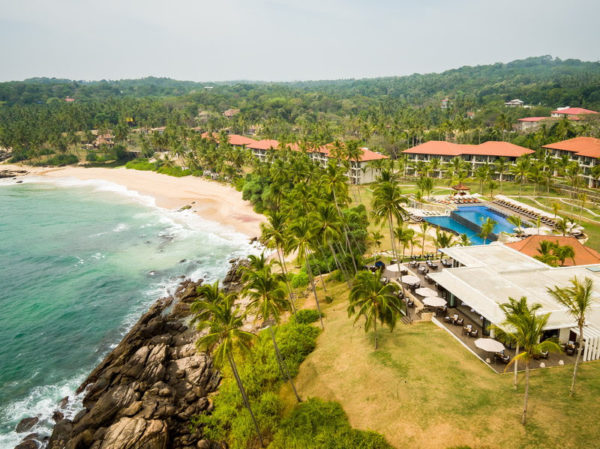
Anantara Resort
The seafood includes fresh fish from the ocean and prawns, crab, squid and crayfish. Dessert specialities are buffalo curd eaten with palm-honey, and the Malay-derived caramel-like wattalapam. And of course there are the usual succulent tropical fruits of mango, pineapple, banana and papaya. There are also the locally-known mangosteen, king coconuts (known as thembili), woodapple, which can be quite bitter and custard apple.
On next to Amanwella, (www.aman.com/resorts/amanwella), a hotel where the stones of the strictly linear path to my room had sensitively surrendered their right of way to a tree firmly rooted in its midst. From the outside all of the 27 rooms are unobtrusive and cleverly camouflaged by coconut trees. The roof tiles are from local terracotta and the stony walls are hand-hewn. Within the long hall that is the restaurant I enjoyed the wonderful kohila root curry and a green bean temperadu, an eggplant salad and some red rice.
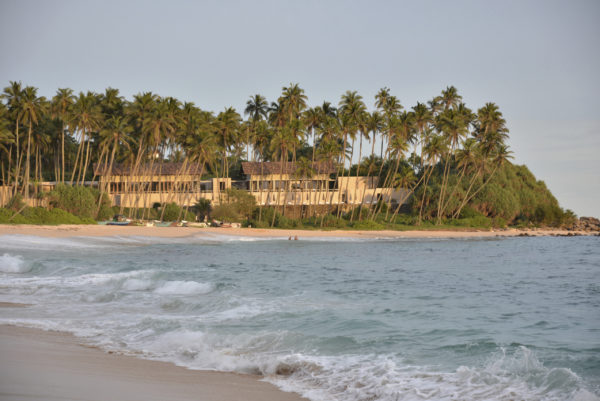
Amanwella Resort and; Beach
It may help if I tell you that down on the South coast, it’s hot from December to March. In April and May the monsoon rains and stormy seas come, and the scene shifts to the heat of the East coast, around Arugam Bay. Then people move back to the South coast again. In the summer months it can get a little more humid and rainy but there are some beautiful sunsets and the central part of the southern half of the island (known as the ‘tea country’) tends to be cooler than the coastal regions.
On I go and up inland to Lake Koggolo and onto my next hotel, the Kahanda Kanda (www.kahandakanda.com), a stylish conversion from a popular destination for friends into a boutique hotel in its own vernacular.
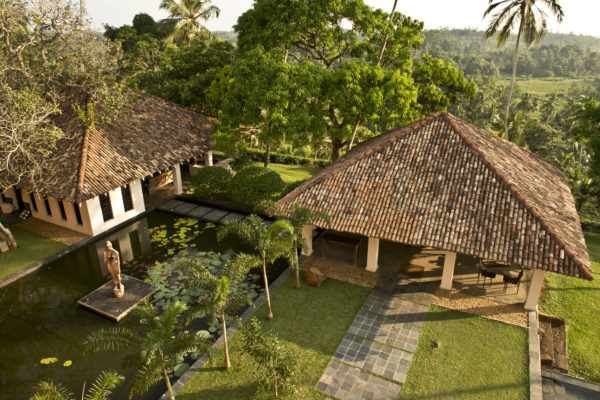
Kahanda Kanda
Nearby is Maliga Kandy (www.thehideawaysclub.com). It’s part of Hideaways Club Classic Collection portfolio with properties all around the world. It’s ideal for someone who doesn’t want to be restricted to one location or have the hassle of maintenance.
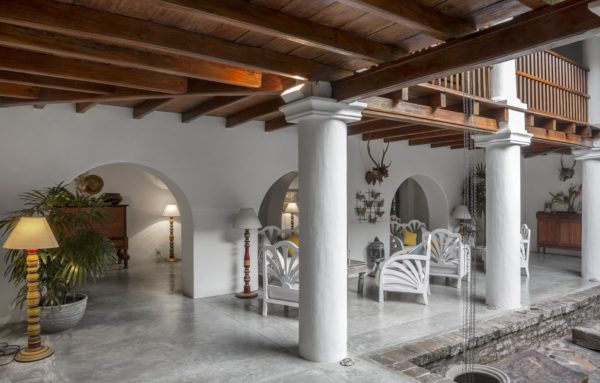
Kandy House
As I took the steep descent the size of the infinity pool dramatically greeted me. At ground level the house has a lovely shady terrace and, on the first floor, a veranda with planters’ chairs and fans. Inside a large marble floor is sprinkled with dark wooden furniture, local artefacts and rattan chairs. The teak, jak and nadun wood offsets the white background. These woods will surely fade well in time with the sun and simple furnishing.
On next to Amangalla (www.aman.com/resorts/amangalla).
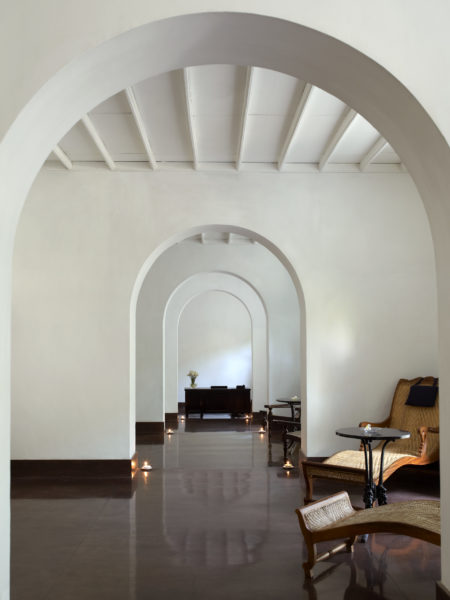
Galla Baths Reception
The hall had a grand piano that I sat down to play. What a sublime experience across such a long room under such an echo from the high roof. The red heliconia flowers that are changed every Monday and suffice as the only colour. No decorative art is needed.
Finally back to Colombo and the renovated Maniumpathy (www.maniumpathy.com). It’s authentic and tucked away in a desirable residential district, bang in the city centre near the National Museum, and the railway and bus termini.

Maniumpathy
Michael Ondaatje, the famous contemporary Sri Lankan author explains why the letters of the language have no jaggedness. “While Sanskrit is governed by verticals,” he writes, ”its sharp grid features were not possible in Sri Lanka. Here the Ola leaves that people wrote on were too brittle and a straight line would cut apart the leaf. So a curling alphabet was derived from its Indian cousin”.
Now is the time to go. May the frog jump out of its well!
Adam travelled with The Holiday Place that has a wide range of holidays to Sri Lanka from just £699, including flights, accommodation and transfers. Call 020 7644 1770 and let the experts tailor-make your holiday or visit http://holidayplace.co.uk to book.
Adam Jacot de Boinod worked on the first series of the BBC panel game QI for Stephen Fry. He is a British author having written three books about unusual words with Penguin Press.
